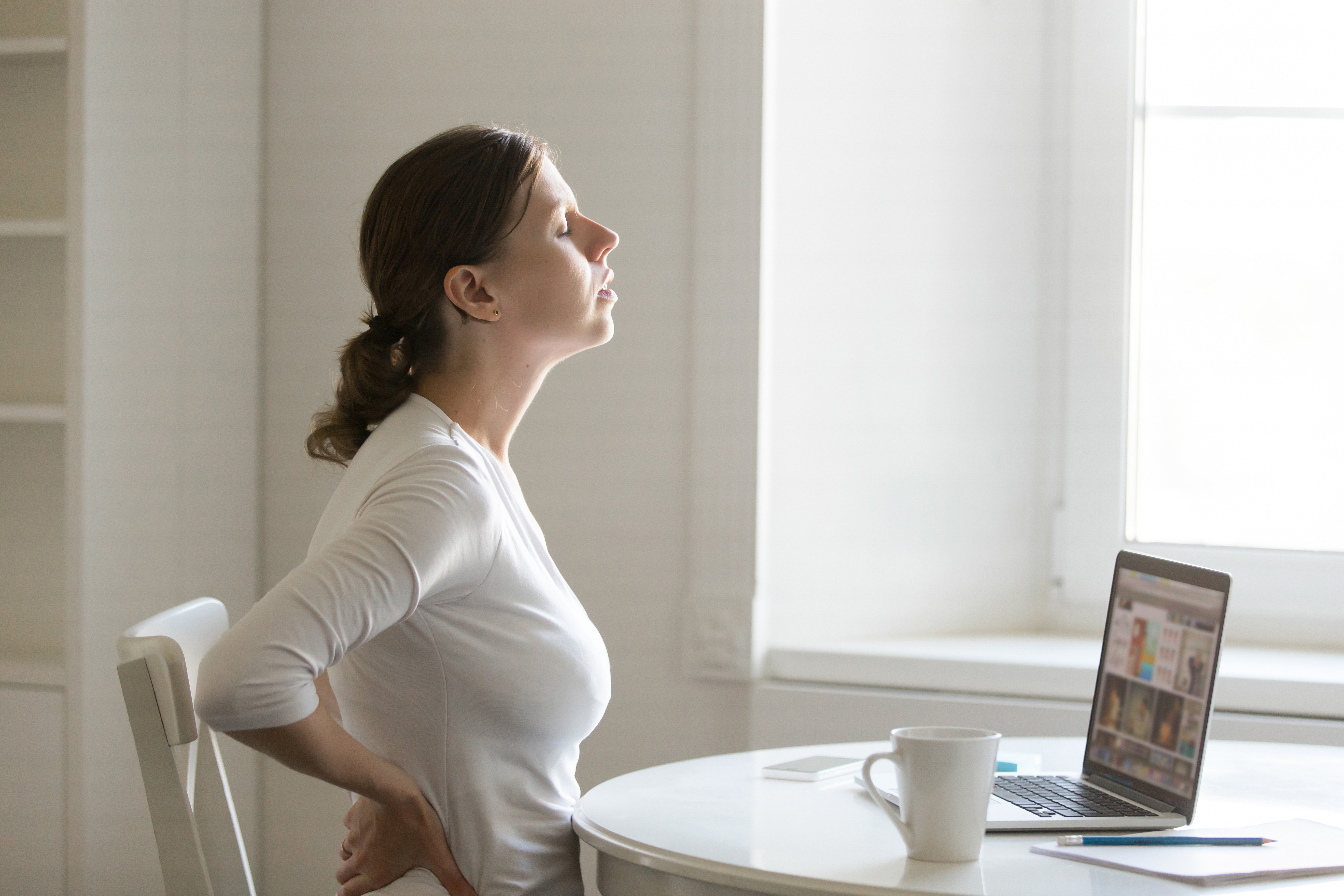Lifestyle tips to ease back pain
What is the spine?
The spine is a complicated array of bones, muscles, ligaments and tendons. It enables us to stand upright, absorb shock, and bend and twist. The spine also houses the spinal cord. This contains the central nervous system that allows the brain to communicate with every tissue, organ and cell within the body. If the spine becomes misaligned due to a variety of stresses, the communication from the brain to the body is interrupted, and we can suffer from health problems.
The problem
Most people don’t consider their back or spine on a daily basis. However, they soon realise how important it is when they develop back pain.
Back pain has a considerable cost. 3.8 million workdays were lost last year due to back pain, plus there are psychosocial problems that arise from long-term back pain.
Unfortunately, approximately 80-90% of us will suffer from spinal pain at some point. If you are overweight or obese, smoke, lift heavy objects or have had previous back pain, you are more likely to suffer.
The solution
We’ve lined up the best advice on keeping your back fit and healthy. We'll cover the following:
1. Exercise
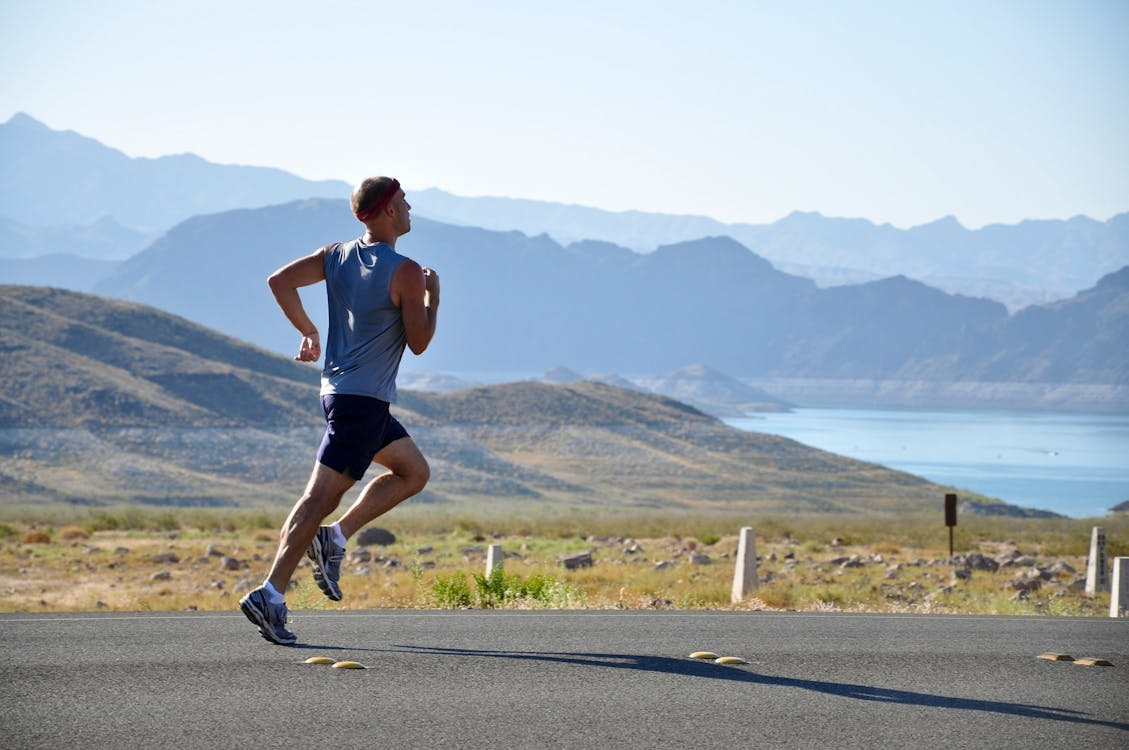
Staying active and keeping your body moving helps maintain a healthy spine as movement fuels the spine with healthy nutrients.
- Exercise at least 30 minutes, 3 times a week.
- Choose an exercise regime that suits your lifestyle like: visiting a gym, walking, running, cycling, swimming, playing with the kids or high-intensity interval training.
- Walking at a brisk pace while swinging your arms in a pain-free manner often helps back pain.
- Don’t slouch or lean forward while walking.
- Always warm-up before exercising to increase your heart rate and body temperature.
- The best exercise routine for your back and neck is one that combines stretching, strengthening and aerobic activity.
- Check with your GP before starting any exercise programme.
2. Diet

The cells in our body are building blocks and need fuel to stay healthy.
- Proper nutrients allow the body to repair itself more easily.
- Where possible, eat organic, unrefined foods.
- Aim for five servings of vegetables or fruit each day.
- Drink plenty of fluids.
Staying hydrated maintains soft tissue elasticity and fluidity in joints. Spinal discs can lose height when dehydrated, causing them to slip. A slipped disc is the most common cause of sciatica, a specific type of back pain that radiates down one of the legs.
Also, we know that there’s an association between cholesterol levels and disc degeneration and disk herniation as well.
Because the discs in our lower back are the largest avascular tissue in the body, meaning our discs don’t have any blood vessels and are more vulnerable to nutrients deprivation, a diet rich in saturated fat and cholesterol, building up cholesterol plaques, may decrease blood flow and, therefore, nutrient supply to our spine.
3. Body Weight
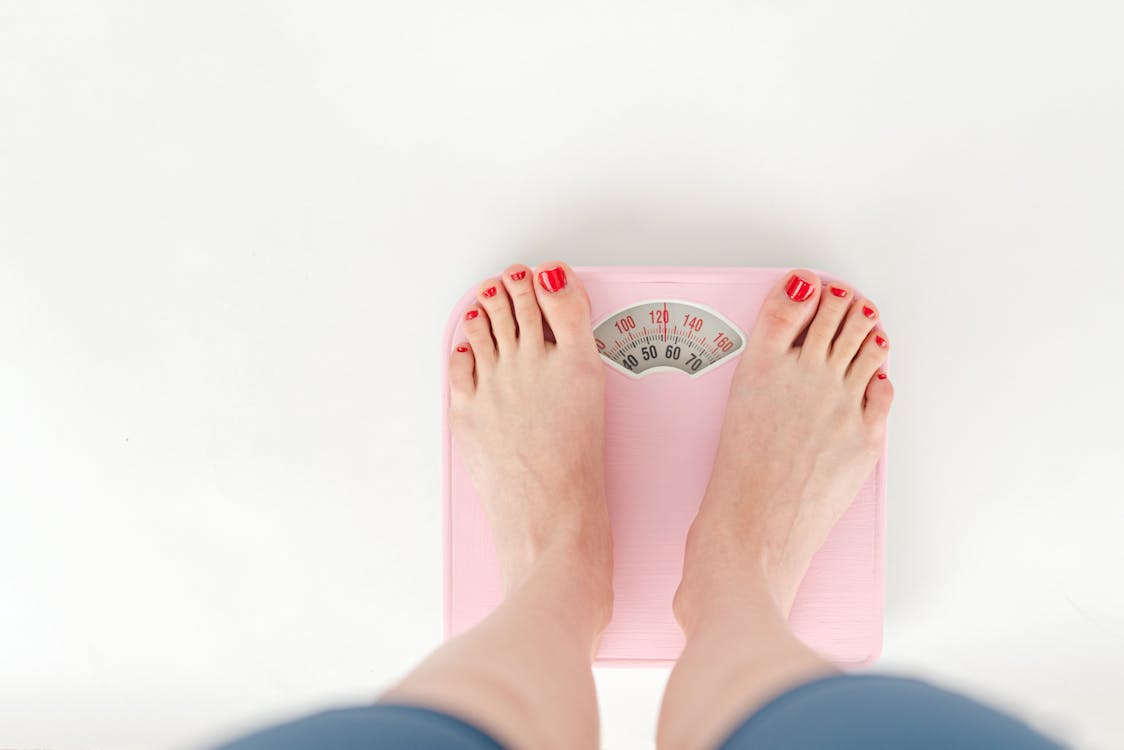
- Extra weight could put stress on the spine.
- Belly fat can put added stress on the muscles, ligaments and tendons in your lower back.
Lose weight by eating sensibly and exercising.
Use the NHS BMI calculator to calculate your body mass index. (Please note, this calculator is a reference tool and should not be used for diagnosis. Many things can lead to an increase in body weight)
4. Sleep
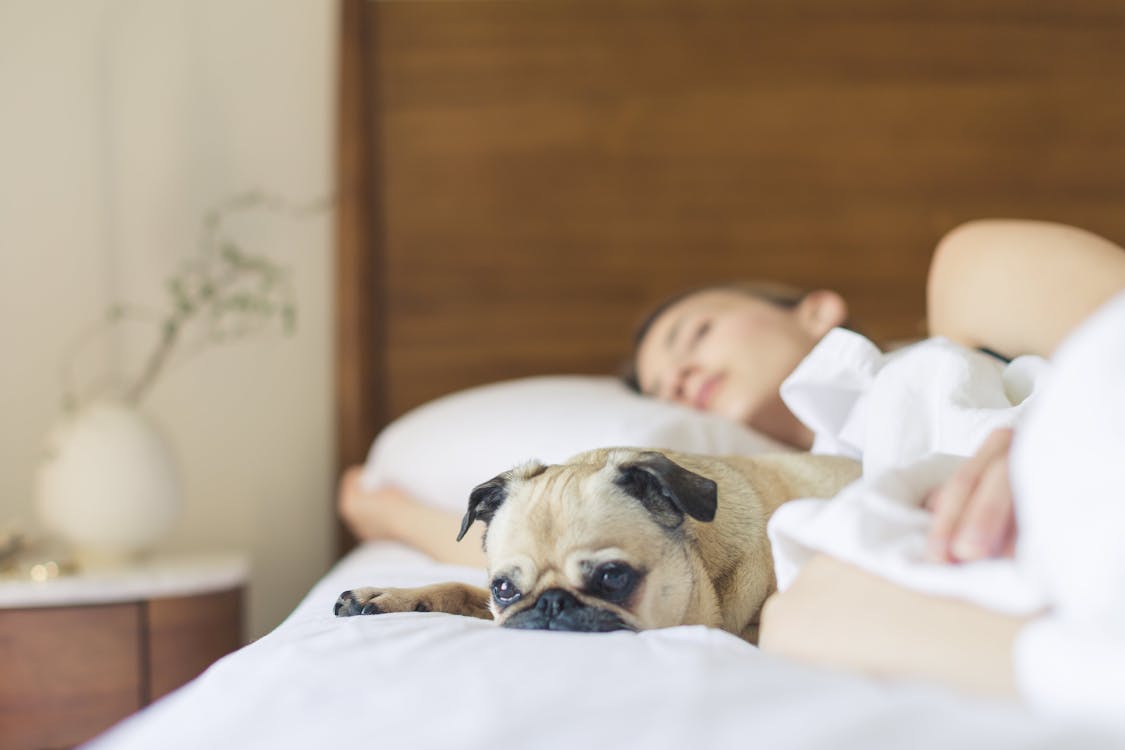
Sleep is important as it is necessary for the body to repair itself.
- Try not to sleep on your stomach as this puts excessive pressure on your spine.
- Avoid sleeping in the fetal position as this reverses the natural curvature of the spine.
- Placing a pillow under your knees while lying on your back cuts the pressure on your spine roughly in half.
- Sleeping on your side reduces upper airway collapse and gives you a better night’s sleep.
Lying on your side with a pillow between your knees may also reduce the pressure on your back.
Never sleep in a position that causes a portion of your spine to hurt. Most often, your body will tell you what position is best. - Invest in a supportive mattress and a pillow that promotes proper alignment of your neck, Be sure to turn your mattress regularly so that it wears evenly.
5. Core
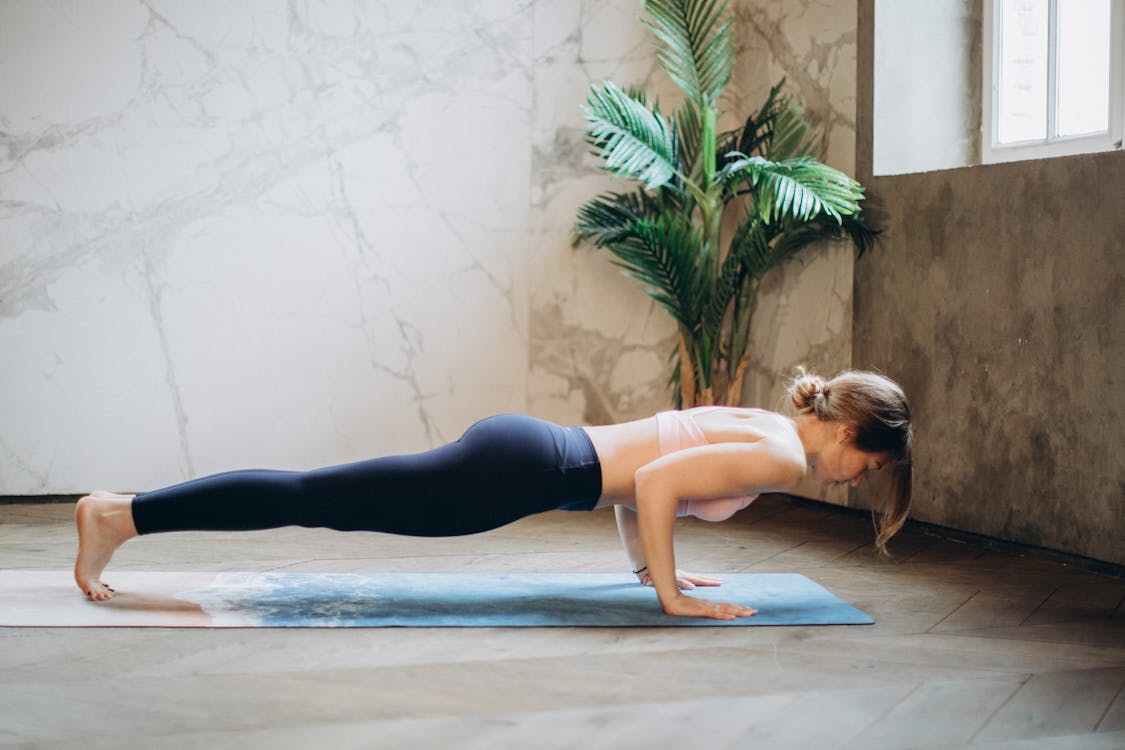
Your core muscles—your lower back and abdominal muscles—need to be strong and supple in order to support your spine and take pressure off your lower back.
Unfortunately, for most of us, our core muscles are rarely used during everyday activities; they need to be toned through specific, targeted exercise.
The following exercises can be used to tone the core. They are listed in order of difficulty.
- Dead bugs: Lie on your back with your arms straight up to the ceiling and your knees and hips bent to 90 degrees. Keeping your rib cage down extend your opposite arm and leg out taking a deep breath out.
- Leg Lowering: Again while lying on your back lift both legs up so that both feet are facing the ceiling. Then while keeping one leg straight up as if you had a hot cup of coffee on your foot, slowly lower the other leg down, as close to the ground as possible and then return to the top.
- Front Plank: Set up on your elbows and toes, don’t let the hips sag or pike up. The goal should be about 60 seconds before increasing the difficulty.
- Long Lever Front Plank: Same set-up except we are going to move the elbows further forward.
- Front Plank (arm lift/leg lift/combo of both): These are three quick progressions to make a plank more challenging if you’ve mastered the 60-second hold.
- Side Plank: Keep the elbow under the shoulder and shoulder away from the ear. This move targets the obliques. Again the goal should be 60 seconds. Once this is achieved we’d want to progress it to…
- Side Plank with Leg Lift: Maintain the same position and lift the top leg.
- Side Plank Band Row: The same description as side plank but with top arm perform a row using a band or cable to increase difficulty.
- 1/2 Kneeling Pallof Press: Set up on one knee with the inside knee down. Move out to a comfortable distance starting with the band pressed to your heart. From there reach your arms straight out keeping the core still and not letting it rotate.
- Ab Wheel Rollouts: Starting on your knees slowly roll your arms out maintaining a flat low back position.
- Hollow Holds: Starting on your back “sit up” and reach your hands and feet to the ceiling. Slowly start to lower your hands and feet only as far as you can keep the hollowed-out position of your spine.
6. Posture
Standing
- When standing, keep one foot slightly in front of the other, with your knees slightly bent and this will take pressure off your lower back.
- Do not stand bent forward at the waist for prolonged periods of time as this can lead to pain.
- Buy good shoes that provide a supportive base that helps the spine and body remain in alignment. Make sure that your heal fits snugly, but not over tight. This will prevents too much rolling of the foot to the outside or inside.
- Consider using shoe inserts to help improve balance or support.
- Cleaning your teeth could lead to back pain as we tend to bend over the sink at around 30 degrees when brushing and 90 degrees when rinsing. Much better to stand up when you brush and use a cup to rinse.
Sitting
The discs in your lower spine are loaded three times more while sitting than standing, so long periods of sitting can create or aggravate a painful back condition.
- Keep your knees slightly higher than your hips, with your head up and back straight.
- Avoid rolling your shoulders forward (slouching).
- Your feet should touch the floor or be supported.
- Try to maintain the natural curve in your lower back.
- Keep your wallet out of your back pockets as this prevents you from sitting evenly.
At work
- If you use a workstation, customise it so that everything is comfortable and within easy reach. Keep any computer monitor at arm's length and position it slightly below eye level.
- Change your position regularly. If seated, stand up; if standing, walk around.
- Use a stand-up desk if possible.
- Using mobile devices
- Sit up when texting or reading
- Keep device at chest or eye level to decrease neck and back stress
- Use a hands-free device instead of holding your phone to your ear
Driving
- Adjust the seat height and distance until your knees are slightly bent and your back is supported by the back of the seat.
- Adjust the back of the seat to ensure your sitting on a flat surface with little pressure on the back.
- Take frequent breaks on long drives to take a short walk and stretch
Child Care
- When lifting, keep the child close and use your whole body by bending the hips, knees and ankles
- Carry a baby from the middle of your body.
- If carrying a child on the side, alternate the sides frequently.
- Baby carriers should be fitted so that they are above the hips.
- Stroller handles should be at belly button level and the elbows relaxed and bent when pushing.
- Support your back when sitting or kneeling on the floor.
7. Stress
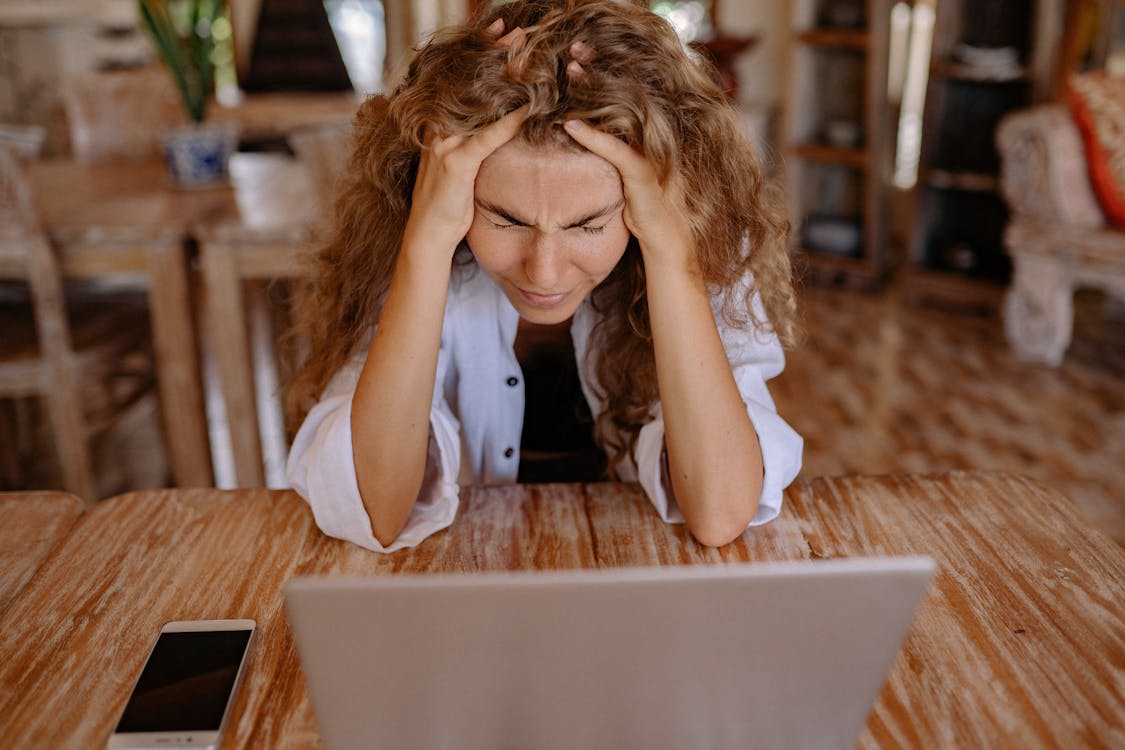
The long-term solution to anxiety and stress-induced chronic back pain is reducing your anxiety and your body’s stress sufficiently so that your body stops exhibiting chronic back pain symptoms.
Below are some short-term remedies that might also help alleviate the symptoms:
- Relax by lying on your back and turning down the lights. Breath slowly and deeply, allowing your abdomen to rise and fall rhythmically. Using visual images can aid in relaxation. Try to visualize each muscle relaxing one after another.
- Get a good night’s sleep. (See section above)
- Take part in regular light to moderate exercise. (See section above)
- Have a warm bath as heat causes tight muscles to loosen.
- Invest in a therapeutic massage. (See section below)
- Avoid stimulants like coffee as these can stress the body.
- Do some stretching exercises as this improves flexibility and blood flow.
- Change your hectic schedule or lifestyle as these increase the amount of stress on the body.
- Take a vacation to help allow your body to unwind.
8. Smoking

Smoking restricts blood flow to the tissues around the spine delaying the healing process.
9. Flexibility

Stretch out!
Keeping flexible helps maintain normal joint function and a good range of motion. It also reduces the risk of injury. Start the day by stretching to invigorate the body and promote good spinal health.
10. Lifting
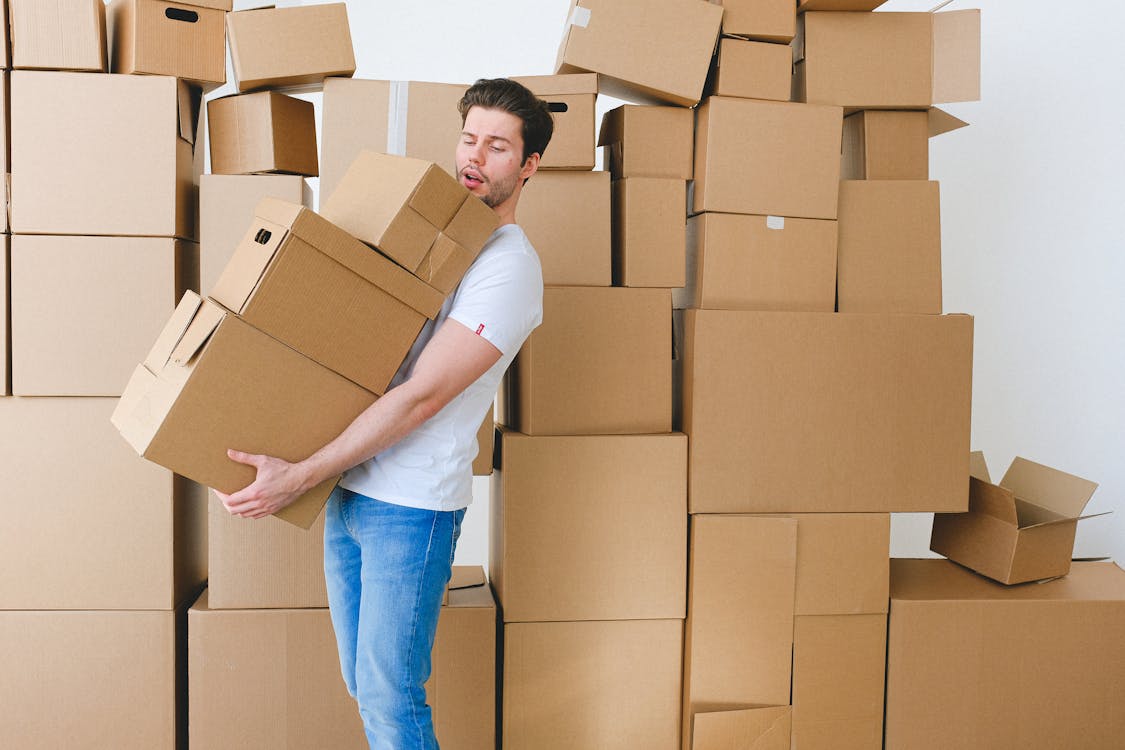
- Estimate the weight to be lifted before starting and ensure a clear path.
- Don’t bend over at the waist to pick up items from the floor or a table.
- Kneel on one knee, as close as possible to the item you are lifting, with the other foot flat on the floor and pick the item up.
- Alternatively, adopt a wide stance, bend at the knees until your arms are level with the item, keep the item close to your body, and lift with your legs, not your back.
- Avoid twisting while lifting. As this is one of the most hazardous movements for your spine. Pivot from the hips or feet instead.
- Pushing heavy objects is easier on your back than pulling.
- Whenever possible, use your legs to lift and not your back or upper body.
- If the item is very heavy, ask for help.
- When reaching for something above shoulder level, stand on a stool.
- Straining to reach objects above your head can hurt your mid-back, neck and shoulders.
- Carry heavy objects as close to your body as possible.
- Two small objects in each hand are often easier to carry than one large one.
- Carry larger loads in a comfortable backpack using both shoulder straps, and avoid sling bags.
- Never overload backpacks and keep them within 10% of your body weight.
11. Massage
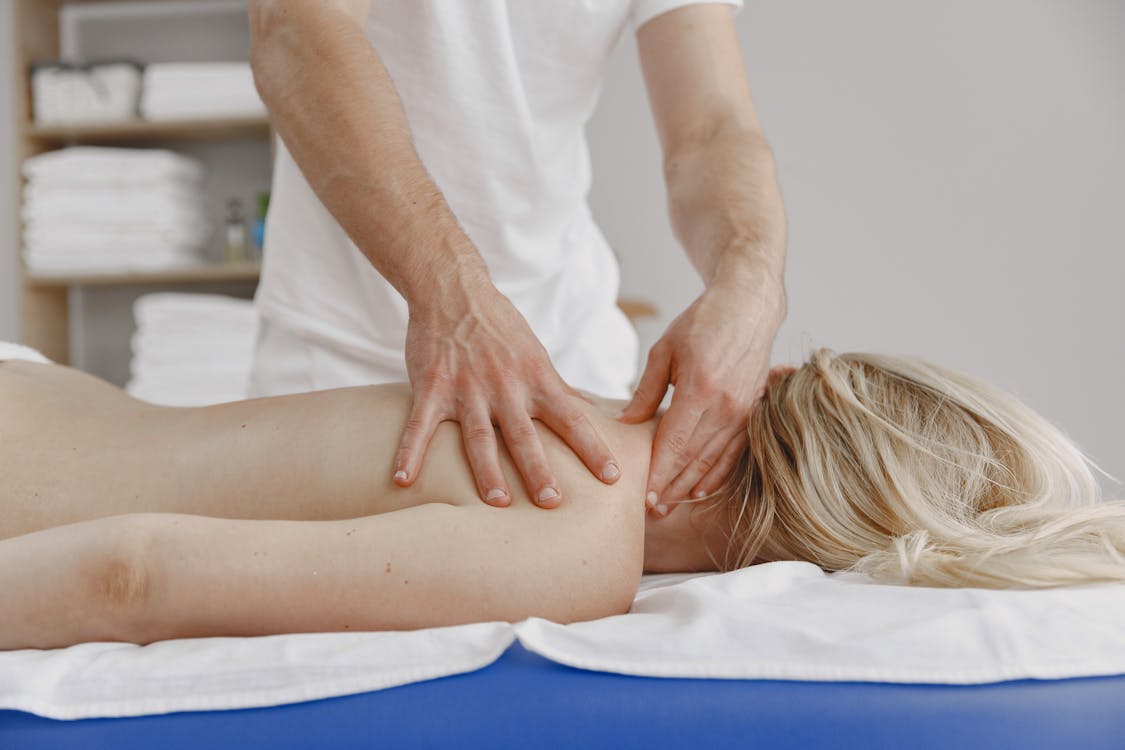
Massages have a number of therapeutic benefits:
- Reduces stress.
- Reduces muscle tension.
- Increases movement.
- It can also encourage blood flow, which in turn brings healing nutrients to an affected area to speed the healing process.
Getting a therapeutic massage is not always easy or convenient. BackHug can be a practical and easy way of getting the benefits in your own home.
Expect less tension
BackHug reduces swelling, easing the muscle tissues back into life. The improved circulation increases the body’s production of the natural painkiller, serotonin.
Expect less stress
Back Pain can be stressful. The soothing, almost hypnotic therapy delivered by 24 mechanical fingers relaxes the muscles, reduces stress, relieves tense muscles and promotes a better night’s sleep.
Expect increased movement
Manipulating and relaxing the tissues and muscles around the spine reduces muscle stiffness, increases flexibility and improves mobility.
Expect more
Enjoy life! Get more out of work and play with the freedom of a flexible back.
Using a unique technology that cannot be found in any other device on the market, BackHug automatically adjusts to fit an individual’s spinal curvatures and gently focuses around the spine to reduce stiffness.
By using the BackHug regularly you can expect increased energy levels, relief from aches and pain, a reduction in stress, better mobility and improved quality of life.
With thanks to:
NHS, NBC, Virginia Spine Institute, Everyday Health, Spine-Health, North American Spine Society, ChiroOne, Australian Natural Health, The Anxiety Centre
